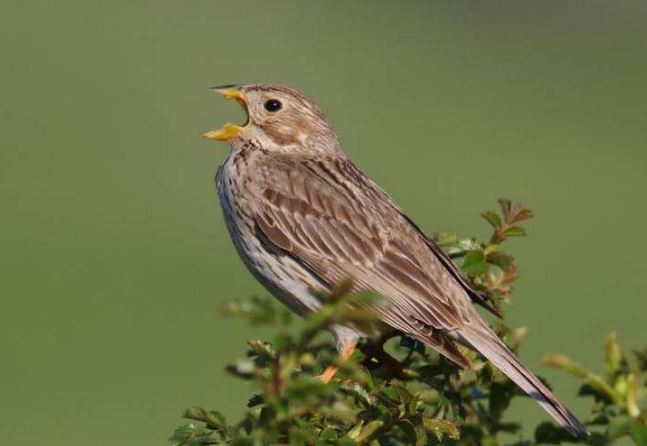To DAPTC members near to the AONB: Consultation - I am pleased to present the draft Cranborne Chase AONB Nature Recovery Plan (NRP) for consultation. The document is available as a PDF (attached), and as a StoryMap.
We welcome any feedback that you may have. Please send any comments to
We would particularly welcome feedback on nature recovery success stories within the AONB and future plans and aspirations for nature positive schemes at all levels, individual, parish, farm etc.
Context
In 2019, English and Welsh AONBs declared a collective commitment to nature recovery that included targets for the creation of new wildlife rich habitat, woodland creation, and favourable condition of protected sites. Each AONB is committed to producing a nature recovery plan and to embedding an ecosystem services approach into AONB Management Plans. In 2020, the UK signed an international commitment to protect and/or manage 30% of land and sea for nature. In January 2022, CCAONB initiated production of a Nature Recovery Plan. This process involved collating relevant data, commissioning a state of nature report, and holding a stakeholder workshop in March 2022 to help identify priority habitats and species. In February 2023, a Nature Recovery Officer was recruited to complete the CCAONB Nature Recovery Plan and to engage with Local Authorities to ensure the AONBs priorities inform development of the relevant statutory Local Nature Recovery Strategies (LNRS).
Each AONB will face unique challenges in meeting the twin climate and nature crises. As a predominately agricultural landscape, ‘priority habitats’ (highly distinctive and wildlife rich areas) occupy approximately 16% of CCAONB with much of this habitat being small and functionally isolated. Opportunities to integrate high quality food production with measures to protect and regenerate natural resources - such as healthy soils, clean water, habitat for pollinators and farmland birds - will be essential to supporting nature recovery alongside thriving communities in farmed environments. However, creation of new wildlife rich areas at the scale necessary to deliver landscapes in which nature can adapt and flourish, will only be achieved through ambitious and transformational land use change. Landscapes in which natural systems are restored, such as reconnected rivers and floodplains that reduce flood risk, ameliorate drought, and improve water quality, also offer wide societal benefits such as climate resilient communities and improved nature connectedness for health wellbeing.
There is a significant challenge ahead to identify a path towards protecting and managing wildlife rich areas across 30% of CCAONB landscape by 2030. Natural capital markets that provide an opportunity to blend public and private finance to incentivise land use change are developing, and mandatory Biodiversity Net Gain will be introduced in 2024. Collaboration across CCAONB through farm clusters and landscape partnerships (such as Wiltshire Chalk, Heart of Wessex, and Big Chalk) provide a strong foundation for the ambitious planning and coordinated efforts necessary for lasting nature recovery.
Sarah Newland
AONB Support Officer
www.cranbornechase.org.uk
Tel: 01725 517417



